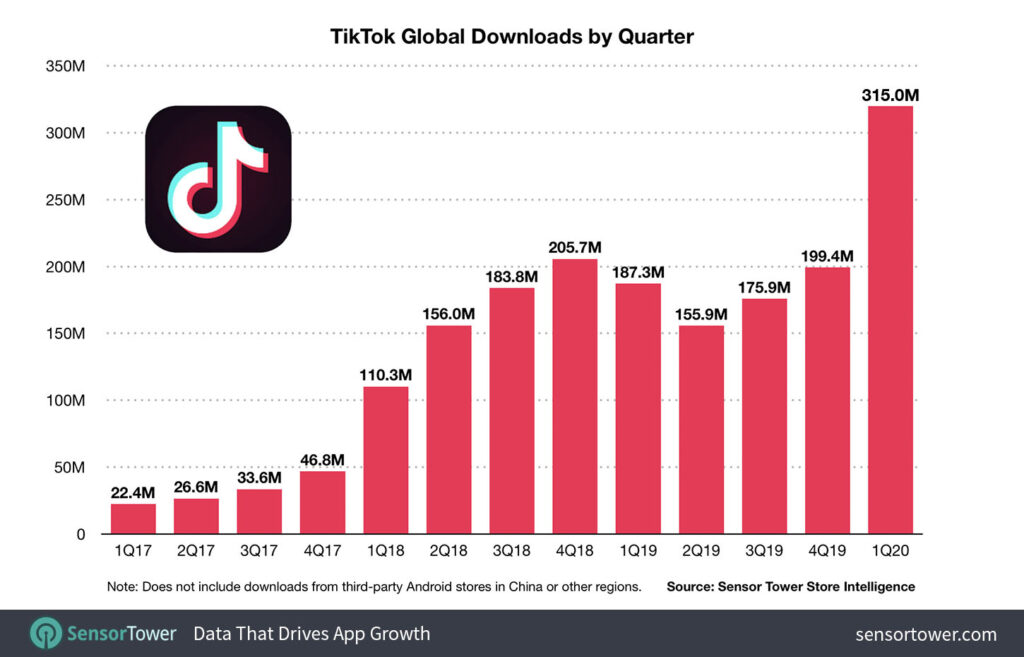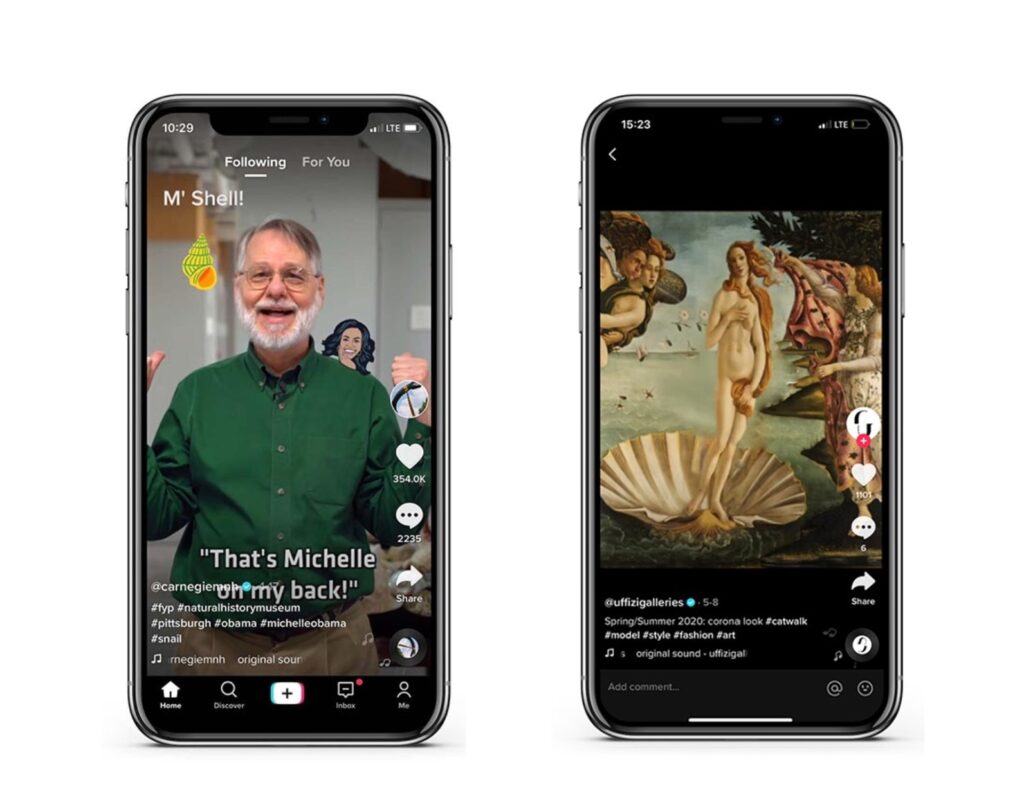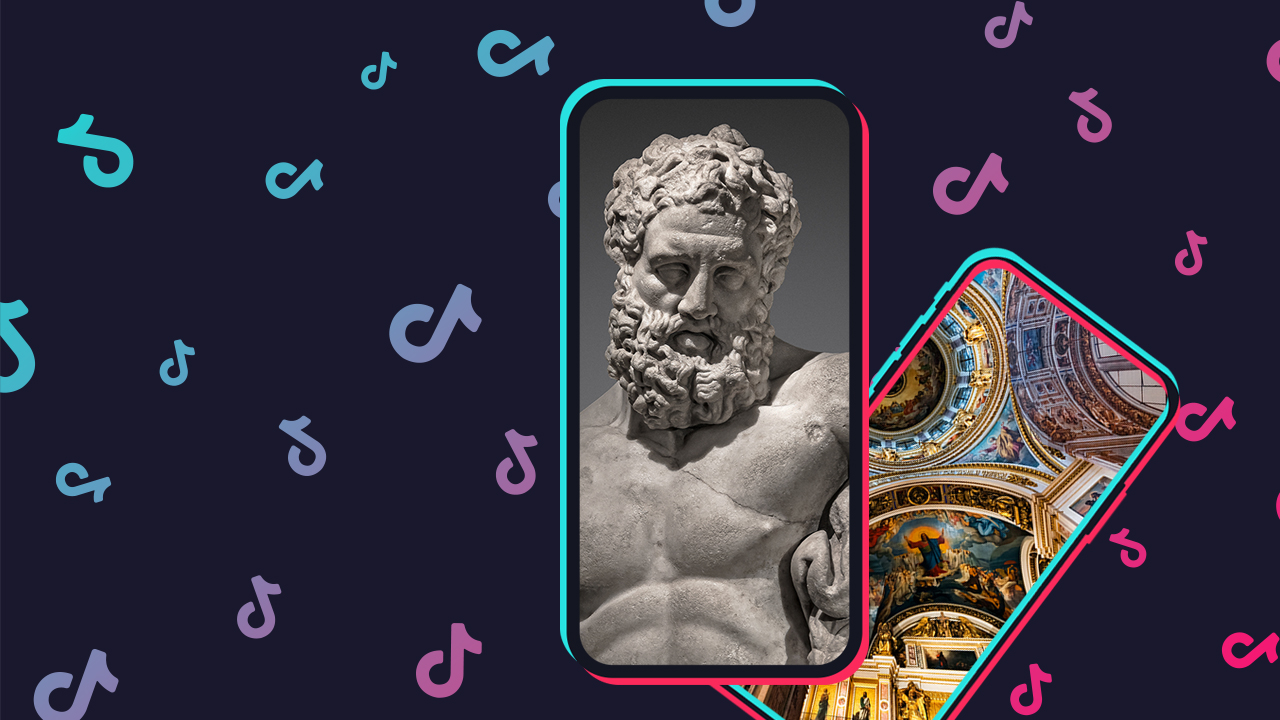No social media platform has enjoyed a faster and more turbulent rise to promise than TikTok. The figures are staggering. Four years on from launching, it has captured 800 million users worldwide — a feat Instagram achieved in six — holds users captive for nearly an hour a day, and boasts an algorithm that is the envy of the tech world.
Impressive, but is TikTok a viable and worthy platform for arts organizations? This was the focus of a live conversation hosted by digital consultancy firm Capacity Interactive which combined its expertise with the experiences of cultural institutions that have made the leap onto the short-video platform.
Here are answers to some of the essential questions for those in the cultural sphere considering TikTok:
My organization is already on several other social media platforms, why TikTok?
TikTok is a unique, dynamic platform with a truly global reach. It’s been downloaded more than 2 billion times, according to ByteDance, and is seeing exponential growth in the U.S. reaching 100 million active users — up from a paltry 39 million this time last year. When it comes to stickiness, users average 52 minutes a day, similar to Facebook and Instagram.

TikTok tops 2 billion downloads in the first quarter of 2020. Image: Sensor Tower
But it’s mainly Gen Zers dancing and lipsyning, right?
Not so. TikTok may have first gained traction with post-2000 youngsters, but its demographics are rapidly diversifying. Sixty percent of users are aged between 20 and 49, spread evenly. When it comes to content, the platform is a veritable digital emporium, “it has exploded into so many niche directions,” says Adrian Yablin, Senior Digital Marketing Analyst at Capacity Interactive, “it’s a never ending stream of creativity”.
Have other cultural organizations found success on TikTok?
Yes. The number of organizations on the platform remains small, but those who have truly embraced the TikTok spirit have been rewarded with viral videos and an engaged audience. Two such organizations are Carnegie Museum of Natural History (CMNH) and American Ballet Theatre (ABT). CMNH’s pun-filled science videos frequently rack up millions of views — most notably those of Tim Pearce, a curator of mollusks, whose speciality is snail jokes. ABT may not be gracing the world’s greatest stages at present but they’re “using TikTok to tell stories about our people and engage communities in new, exciting ways,” says Sarah Roy, Director of Marketing.

In May 2020, Carnegie Museum of Natural History announced a partnership with TikTok to Create Educational Videos. Image: Peter Huang
What type of content works?
Although there’s no golden formula, authenticity, humor, and experimentation are key. “What works well is often a surprise,” says Sloan MacRae, Director of Visitor Services CMNH, “we anchor each video with a strong visual, a digestible lesson, and see what gains traction.” ABT uses TikTok to break high-brow perceptions of ballet by giving a bird’s eye, behind the scenes look at the company.
What about hashtags?
A good way to find out what’s trending (ABT found there were 1.3 million views related to ABT before even launching), but not necessarily the best way to gain traction. Equally important is communicating with audiences directly, “people like the two way relationship,” says Connor Holloway, a full time dancer and member of ABT’s marketing team “we have seen a huge increase in followers due to that.”
After gaining a following, how can my organization pivot to incorporating sales?
Broadly speaking, you don’t. As CMNH and ABT both attested, overtly promotional content rarely takes off. “What has not worked are calls to action, self-serving, sales driven content,” says MacRae noting that a video announcing the museum’s reopening “was not a hit”.
What type of team does my organization need to make TikTok work?
A large team is not essential — CMNH has a team of seven to conduct marketing, PR, and projection behind all video content. More important is training content creators to translate the spirit and ethos of the organization on video. In ABT’s case, this freedom comes through an open relationship with senior management, “we need to go with the flow and act fast,” says Roy “[management] knows that we may make mistakes, but it is important we communicate in the way people do on TikTok.”



